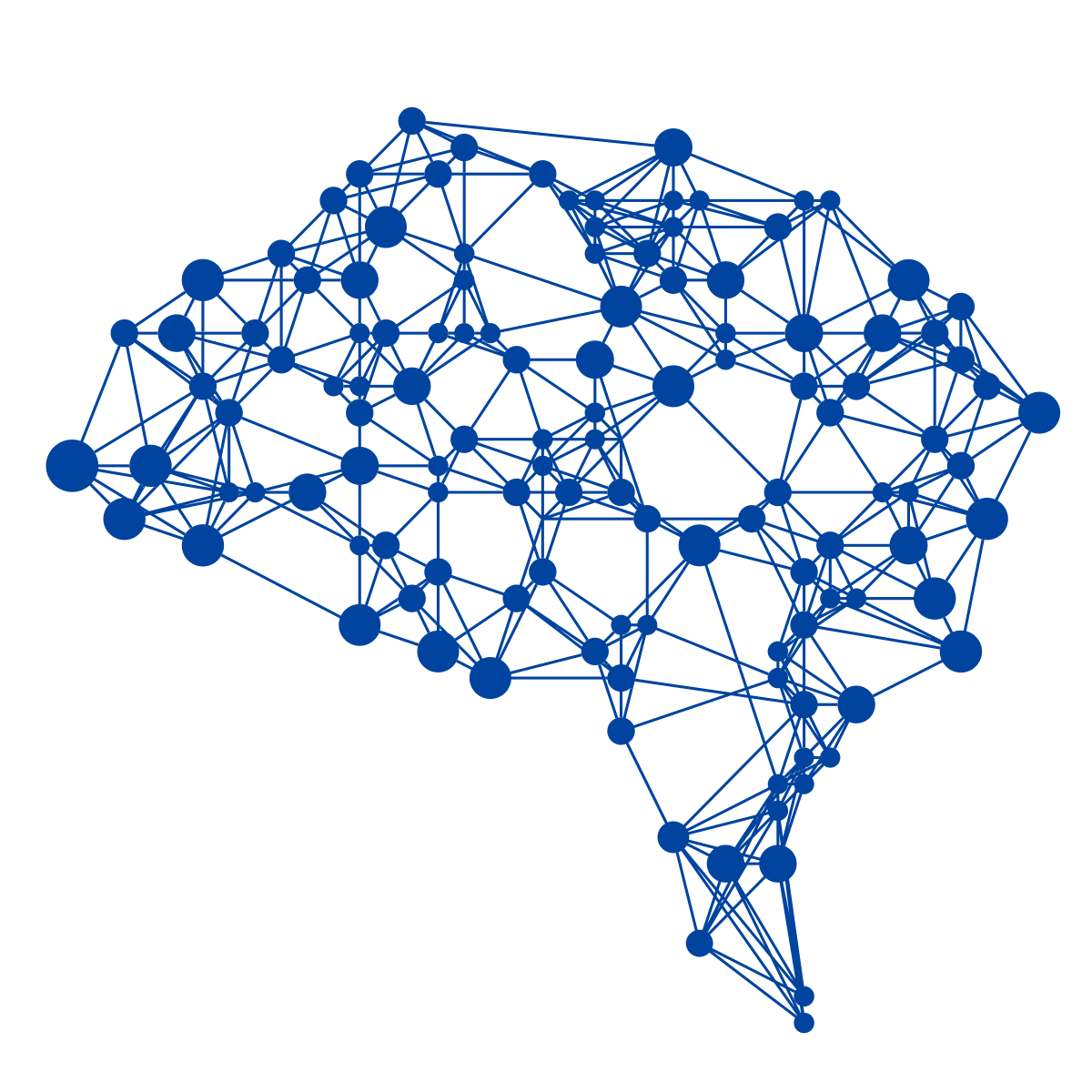Augmented Collective Intelligence Database
Over 1000 actual examples of building blocks: collective intelligence augmented by digital technologies - useful when designing new solutions, e.g. during innovation workshops, as they provide practices and most importantly analogies to stimulate creativity.
The examples are classified into five categories that allow you to filter the data: type of collective cognitive process (what is your organization’s supermind trying to do); organizational design modules (which building blocks do you need); type of group (beyond traditional hierarchies); digital technology’s contribution; and primary industry that the example refers to.
For example: imagine that you want to design a collectively intelligent system that allows the world to plant many trees, effectively, at scale, and at low cost, to fight climate change. To do so, you want to engage the social and market systems and their organic, exponential properties instead of relying on traditional hierarchical mechanisms.
Discover below how to use the exploration parameters. Expand each of the items with the “+” sign, and refer to the guidebooks for more detail.
-
First, think about the type of “cognitive process”*, that you want the system to collectively exhibit. Here, you can break down each task of the “collective brain” to find examples and analogies:
Sense: you may need the system to sense the environment, possibly in real-time, to identify rapid interventions, find possible spots to plant different plant species, or follow closely the evolution of the best practices for planting
Remember: you may want your system to harness the collective memory of farmers and experts who have witnessed natural experiments and their conclusions, to avoid making unnecessary mistakes
Create: your system will likely need to devise additional practices and options for local circumstances that may not have been encountered before
Decide: the system will need to make decisions based on the previous three steps in order to execute cost-effectively
Learn: the collectively intelligent system can learn based on the results of natural experiments made globally in the field, or in vitro
* The cognitive process taxonomy was first introduced by Prof. Thomas Malone, at MIT Center for Collective Intelligence
-
Second, the collective-intelligence organizational pillars:
Illuminating the network: the system needs to find experts (representing key knowledge “nodes”) who can cross-pollinate ideas - in this case, you might want to find scientists, community leaders, movement organizers, and public sector decision-makers
Providing incentives: you may need incentives at multiple levels, for instance from the individuals working in local communities engaged in reforestation, to experts working for large organizations or public institutions
Creating an information feeder: as the art of the possible evolves, and experts increasingly understand what works, individuals (people and machines) need to be aware of the best answers currently available
Enabling a collaboration platform: armed with ideas, the relevant nodes - from global experts to local individual contributors - must engage in the fine-tuning of appropriate new solutions at a macro (e.g., policy) and micro (e.g., individual patch use or community mobilization)
-
Third, the contribution of digital, possibly AI-based, technology:
Connect: technology can help find and mobilize the best experts for hyper-specialized fields, or any other resource (from money to computing power) and make them discoverable to each other
Curate: technology can surface the most suitable ideas and practices for specific uses, from advancing the art of the possible to deciding on the standard operating procedure for the process of implementation in a local patch of land
Collaborate: digital technology can help the frictionless (or at least thoughtful and creative) interaction of different people and machines in creating solutions, making decisions, and running the resulting processes
Compute: AI, for instance, machine learning, can help make sense of the results of natural experiments at scale and identify promising patterns; or blockchain can help process multi-level incentives so they can be organically distributed across millions of stakeholders
-
Such as community, market, ecosystem, or democracy (source: Prof. Thomas Malone, Superminds)
Try it! (and be patient, it is slow…)
Start with the Table view, so you can display all results. Then, try the graph which shows the degree of affinity between examples and it can help you ideate by traversing the space (it is more computationally intensive, give it a few seconds to load). Click on the nodes to show the detail below the chart. To display all the results, or if the search window below doesn’t display properly, use the Search Database button below the pane.
If you have additional examples, ideas and suggestions please get in touch!

